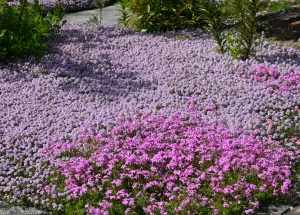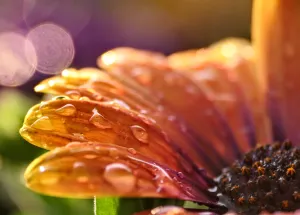
50+ Ways to Save Water in Your Garden
50+ Ways to Save Water in Your Garden
1. Adjust sprinklers so all overspray on sidewalks and streets is eliminated.
2. When watering with a hose, always use hose-end sprayers with shut-off valves to avoid waste.
3. Amend clay soil with lots of compost. Organic matter retains moisture.
4. Consider planting large-scale, tiered water fountains with trailing, "dripping", and waterwise plants.
5. Don't catch the clippings when you mow the lawn. If you leave them, they'll provide water-conserving mulch.
6. Turn off your automatic sprinklers during rainy days.
7. Don't over-fertilize! Lots of tender new growth requires lots of water to support it.
8. Embed cans or buckets with small holes next to plants on hillsides to hold water for deep watering, thus avoiding runoff.
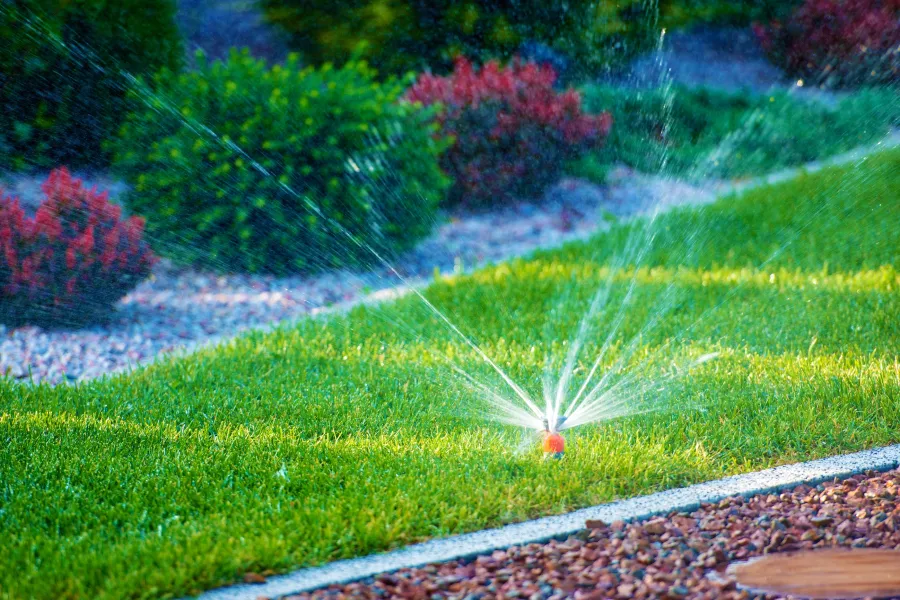
9. Feed with granular fertilizers rather than water-soluble ones.
10. Form a "well" or basin around base of the plant to hold water and focus it where it's needed.
11. Got sandy soil? Amend it. Organic matter absorbs and holds moisture, reducing the need for frequent watering.
12. When planting pots or container gardens, group plants together with similar water needs to avoid watering some plants more than they need.
13. Group pots together to shade each other. They will stay cooler and won't dry out as fast.
14. Place pots in areas protected from drying winds.
15. If replacing a driveway or walkway, use a permeable porous concrete or pavers with an open pattern. This will allow water to seep to the roots of nearby plants rather than run into the street as wasted water.
16. There's a lot of water thrown out in the kitchen (old water for tea, for instance). Don't be so quick to dump it down the drain. Give your plants outside the kitchen a drink instead.
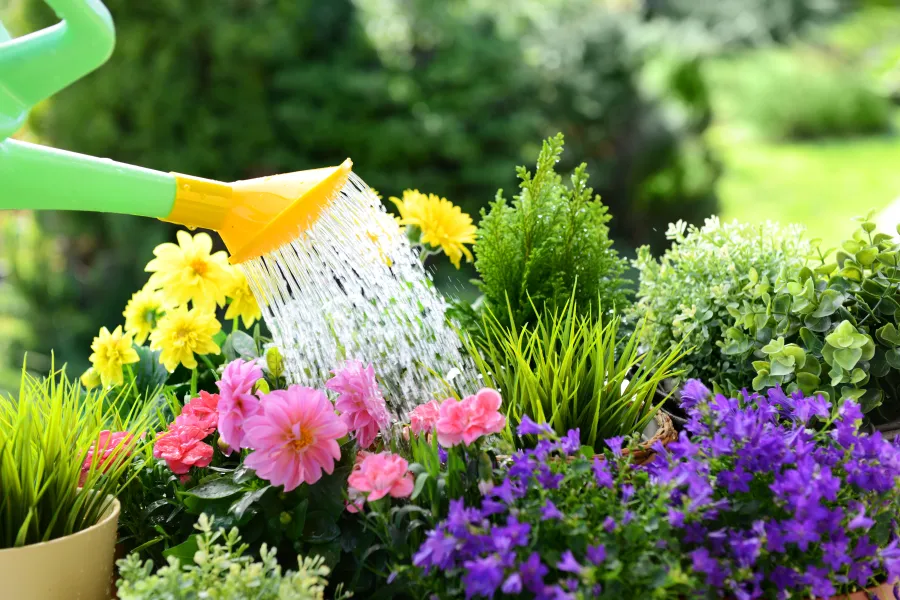
17. Lightly shade newly-planted plants with cloth or for a week or so. This will reduce the water needed to keep it hydrated.
18. Apply 2 inches of mulch throughout the garden to reduce water evaporation and prevent weeds.
19. Mulch using bark products. This reduces evaporation.
20. Plant low-water, shade-loving plants under trees. You won't be constantly watering because the tree's roots have "hogged" all the water.
21. Place a bucket in your shower to catch water as it heats up. Use it to water pots and other outdoor plants.
22. Place hanging baskets in areas protected from drying winds.
23. Place plants with the highest water needs closest to your home.
24. Place plants with the lowest water needs farthest away from home.
25. Place pots of colorful annuals in shrub borders rather than plant a flower "border". Then water just the pots. Your well-established shrubs will be just fine.
26. Plant a shade tree on the west side of your property. This will provide shade for your garden during the hottest hours of the day, reducing the amount of water needed.
27. Plant flowers that re-seed, such as Jupiter's beard, cosmos, cleome, alyssum and portulaca. Plants grown from seed in situ often need very little water.
28. Plant in late afternoon or early evening and water thoroughly, allowing plants to have a cool, overnight acclimation period, reducing the need to water throughout the day.
29. Plant low-water or waterwise Mediterranean plants.
30. Reduce the water you give old, very-well established shrubs considered to be high-water users like camellias and roses. These plants are likely now very LOW water plants.
31. Repair sprinkler system leaks and broken heads immediately.
32. Replace your lawn with waterwise, very low-growing perennial Dymondia. You can even walk on it occasionally without harming it.
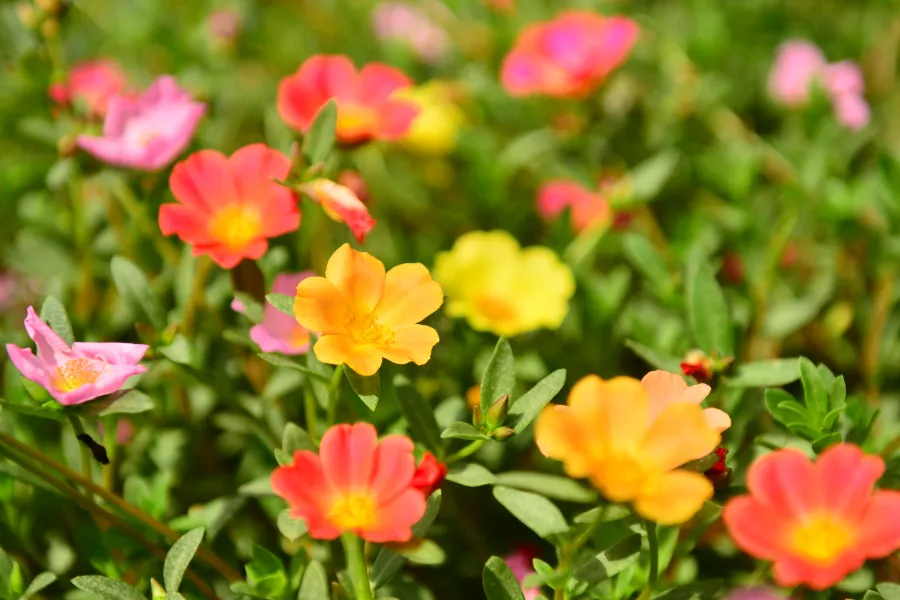
33. Replace your lawn with low-water buffalo grass. You can mow or not.
34. Resist the urge to "sweep off" garden paths and walkways with the water hose.
35. Saucers under pots fill several functions, including providing humidity to the air and slowing the rate that the soil dries out.
36. Turn off your automatic sprinkling system during the months of January and February. Turn them on manually as needed between rains.
37. Use a gravel groundcover or decomposed granite in place of lawns.
38. Use Danish Potting Soil in pots and containers. This peat product really retains moisture.
39. Use soaker hoses, which reduce evaporation and promote deep watering.
40. Use drip systems instead of sprinkling systems.
41. Use leftover water in water glasses or bottles to water indoor plants and plants outside near the home.
42. Use mulch in pots. Decorative gravel or glass pebbles will conserve water and will be visually interesting as well.
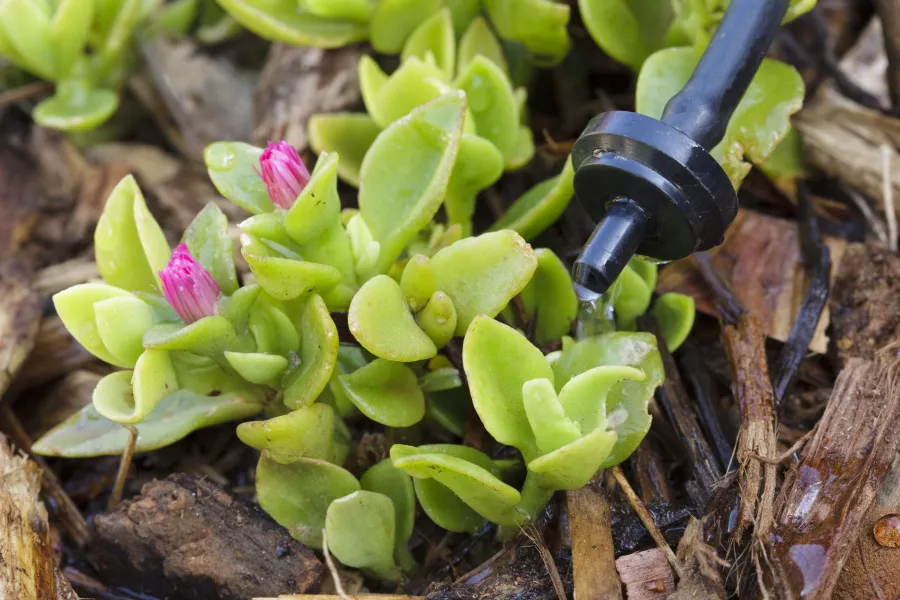
43. Use non-porous pots and other containers such as plastic and glazed pottery for better moisture retention.
44. Use pulsing sprinkler heads. These allow time for water to be absorbed into the soil, reducing water runoff.
45. Use soil polymers like soil moist in pots and other containers to "hold" the water in the soil.
46. Use synthetic turf or artificial turf in place of lawns.
47. Use yarrow as a lawn substitute. You can even mow it once or twice a year to keep it neat and tidy.
48. Water between 4am and 9am. This avoids evaporation and reduces likelihood of diseases.
49. Water deeply but infrequently which promotes deep roots that will search even deeper for water.
50. Feed your plants with organic fertilizers. The growth will be well-hardened and not excessive, reducing the need for water.
51. Use a Dramm water wand with a trigger sprayer to quickly start and stop the stream of water so you're watering your plants; not the sidewalk.
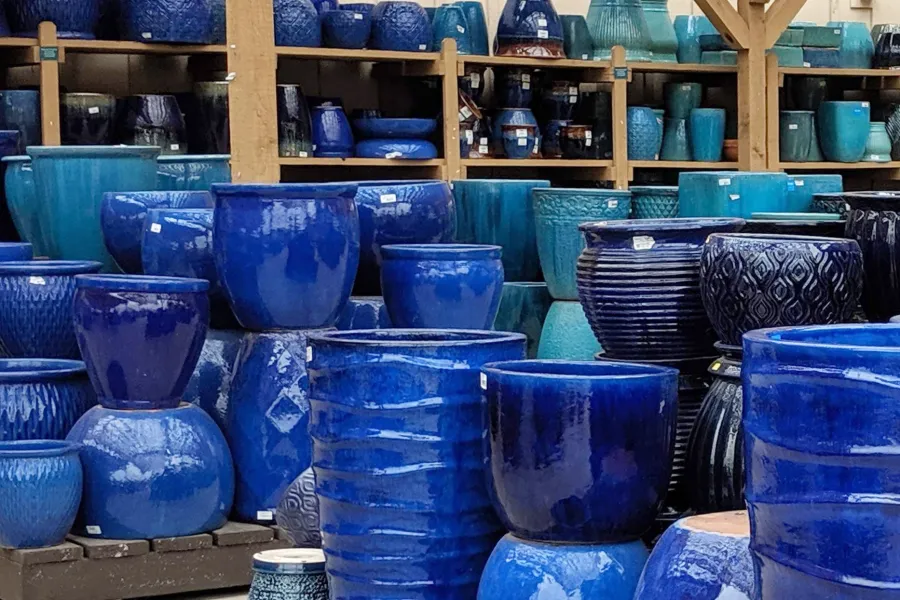
30 More Ways to Save Water
1. Place a bucket in your shower to capture water while it's warming up.
2. Put plastic bottles or float booster in your toilet tank.
3. Turn off the water after you wet your toothbrush.
4. Use your dishwasher and clothes washer for only full loads.
5. When washing dishes by hand, don't leave the water running for rinsing.
6. Don't let the faucet run while you clean vegetables.
7. Check regularly for any leaks in your toilet, faucets and water hose bibs and fix them.
8. Install a low-flow showerhead.
9. Replace older, larger-use toilets with the newer higher efficiency toilets.
10. Take showers rather than baths.
11. Take shorter showers.
12. Don't rinse dishes before loading dishwasher.
13. An efficient dishwasher usually uses much less water than washing dishes by hand.
14. Avoid flushing the toilet unnecessarily. Dispose of tissues, insects and other waste in the trash.
15. Don't let water run while shaving or washing your face.
16. Brush your teeth first while waiting for water to get hot, then wash or shave after filling the basin.
17. Store drinking water in the refrigerator rather than letting the tap run every time you want a cool glass of water.
18. Do not use running water to thaw meat or other frozen foods.
19. Use the garbage disposal sparingly. Compost instead and save gallons every time.
20. Collect the water you use for rinsing produce and reuse it to water houseplants.
21. When doing laundry do full loads or match the water level to the size of the load.
22. Teach kids to shut off faucets tightly after each use.
23. Use the same cup all day so there are less dishes to wash.
24. Soak your pots and pans instead of letting the water run while you scrape them clean.
25. Cook food in as little water as possible. This will also help retain more of the nutrients.
26. Turn the water off while you shampoo and condition your hair.
27. Bathe your pets outdoors in an area in need of water.
28. Wash dark clothes in cold water to save water. It also helps your clothes to keep their colors.
29. Fix leaky pipes.
10 Ways to Capture Water to Use on Your Container Gardens

1. Water your plants with…water used to boil your dinner. Let it cool first!
2. Water your plants with…the cool water from your shower capture water while it's warming up.
3. Water your plants with…the water used to brush your teeth.
4. Water your plants with…water used to rise your veggies and produce.
5. Water your plants with…left over water in water bottles.
6. Water your plants with…melted ice in the cooler after summer parties.
7. Water your plants with…



